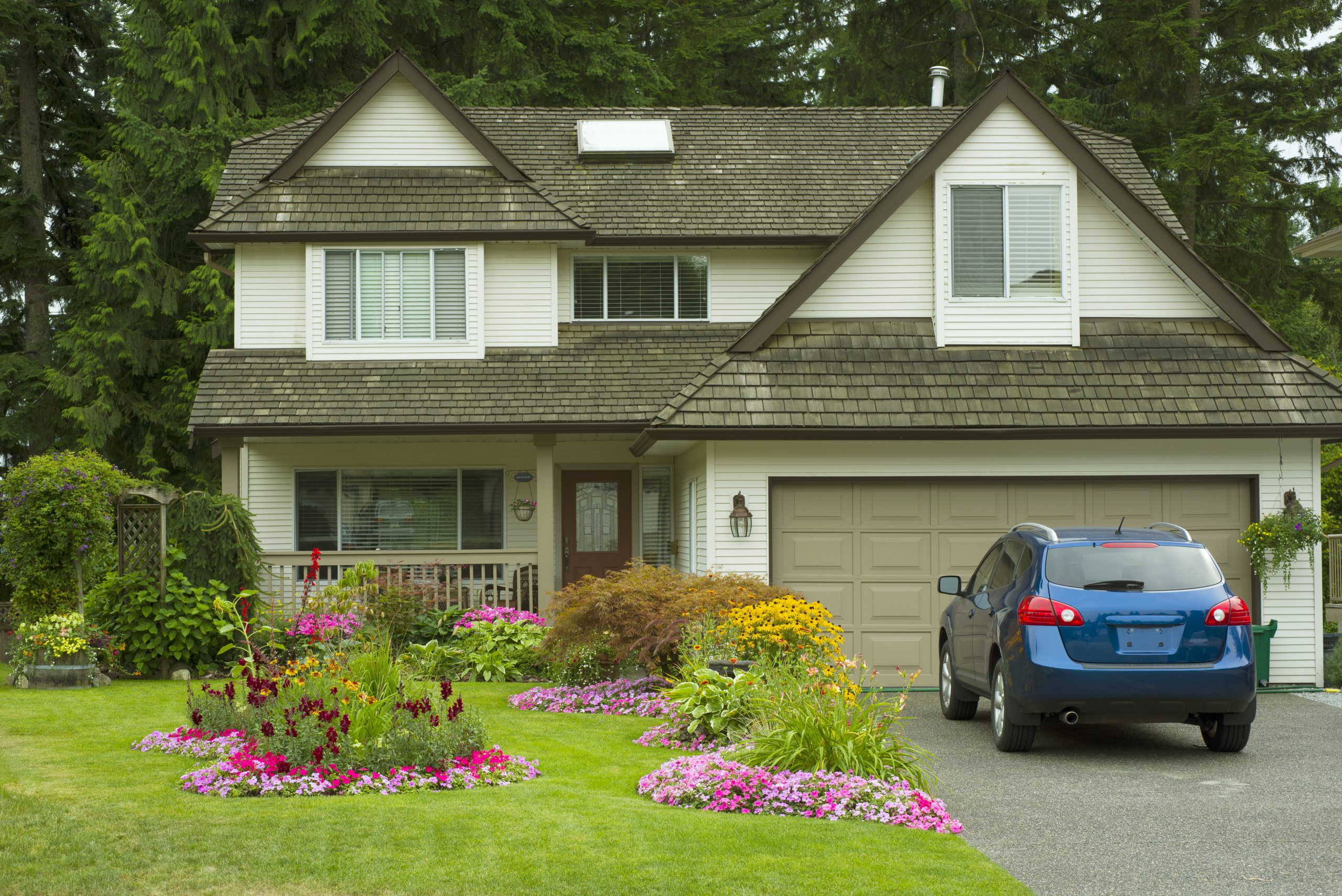
Another summer is over but for homeowners who live in flood-prone areas, now is a great time to consider how to protect your property for next season.
Don’t forget the garden will also need protecting, so green thumbs start thinking about how to guard the greenery from dreaded downpours.
Preparation is everything when it comes to living with a flood-prone garden.
How floods impact gardens
Waterlogged soil and topsoil erosion decreases essential nutrients and eliminates essential oxygen.
Gardens are susceptible to a range of pests and diseases.
Flood water run-off from roads, industry and sewerage can carry contaminants into the garden.
Flood aftermath of silt and mud prevents leaf photosynthesis.
How to flood-proof gardens
Homeowners with clay soil in their gardens will particularly need to be wary of flood time with this soil prone to retain water at the best of times. To improve drainage problems, try continually digging lots of organic matter, or compost, through the soil.
Raised garden beds are a great idea for this, and other types of soil.
Also investigate planting greenery that naturally enjoys a damper, moister lifestyle.
While doing so, keep in mind that flood water run-off can bring different and unwanted soils into the garden.
Caring for flood-damaged gardens
Allow gardens time to naturally dry out as greenery may come back to life over time.
Don’t prune or throw away greenery that initially looks uncertain.
Definitely discard fruit and vegetables that have been in contact with flooded waters, including underground crops such as potatoes.
Don’t plant anything for at least two months, to give the garden time to recuperate.
Wash off silt and mud from greenery to help it find the sunlight again and thus, photosynthesize.
Test your soil for any contaminants.
Waterlogged soils can become acidic so add a handful of lime per square metre.
Extra compost and mulch will also help eroded topsoil and drain it of water.
